Unexplained rashes: Why do they occur and when should you see a doctor?
The prevalent use of disinfectants during the pandemic may be a factor but sometimes, it's difficult to pinpoint the exact trigger, say experts.
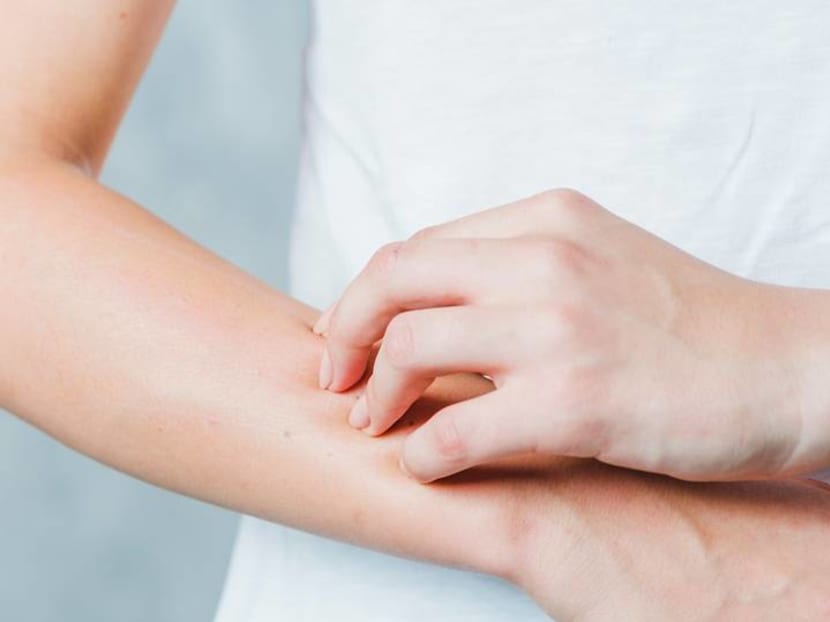
(Photo: Freepik)
Red, raised and itchy patches or wheals on the body can turn up out of nowhere. Like the time they decided to embellish my neck for a good week of hot scratching and sleep-interrupting discomfort.
I wasn’t bitten by insects, nor do I have eczema. And neither was I exposed to any food, chemical or material that I am known to be allergic to.
A friend also had encounters with unexplained rashes on two separate occasions – except his were on the forearms just below the elbows.
Their locations might have been puzzling if not for the fact that F&B outlets have been more conscious about disinfecting their premises during these pandemic times.
And the rashes were found right where his forearms had rested on the restaurants’ dining tables.
WHAT COULD GIVE YOU RASHES?
My friend didn’t see a doctor as the rashes, or what the experts call hives or urticara, but they went away the next day on both occasions. Still, these unexplained rashes can be perplexing if you don’t have a history of allergies or skin conditions such as eczema.
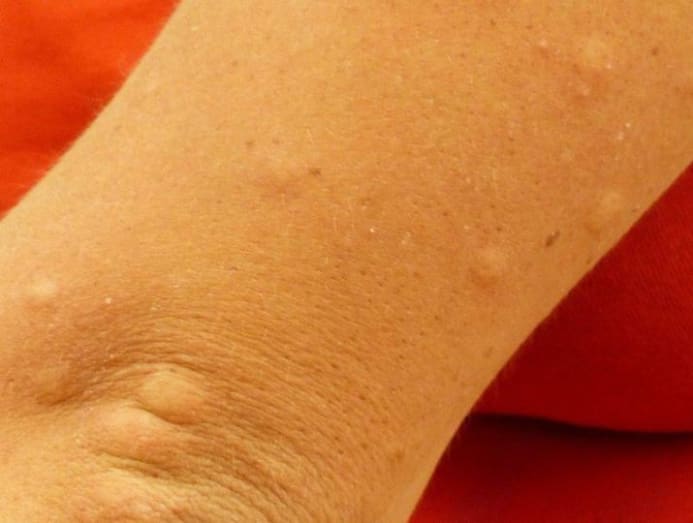
Hives or urticaria may be triggered by an infection, extreme temperature, physical pressure, stress, dust or even pet dander. “Because of the breadth of possible triggers, it’s very difficult to pinpoint the exact reason,” said Dr Calvin Chan of Calvin Chan Aesthetic & Laser Clinic.
At times, there may be no specific trigger at all such as with chronic spontaneous urticaria, said Dr Tricia Chong, an associate consultant with National Skin Centre, as the “disease mechanisms are not fully understood”.
READ: How to deal with eczema if wearing masks and washing hands make you itch
In my friend’s case, he might have had contact urticaria, which has been linked to formaldehyde, benzoic acid and sodium hypochlorite, said Dr Chong.
“These chemicals may be found in some cleaning agents such as sodium hypochlorite in household bleach.”
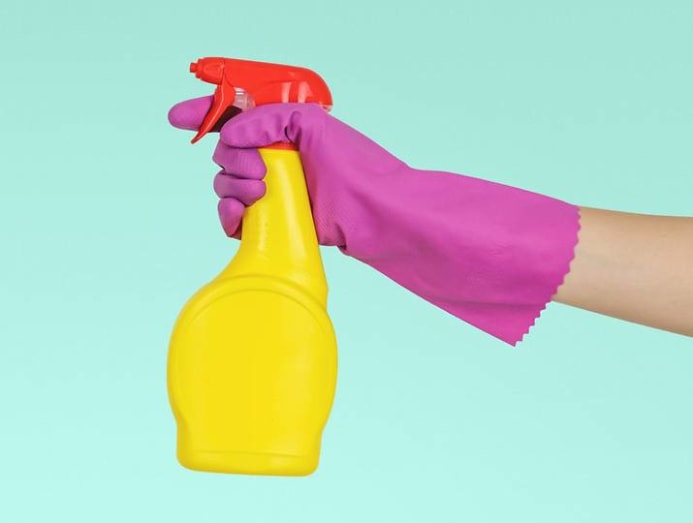
I thought back to my own neck rashes. The patches did surface after a facial, where they had tucked towels around my neck. Perhaps it was another reaction-to-disinfectant case?
While the individual triggers may be difficult to pinpoint, hives are usually caused by a histamine reaction to certain compounds by your immune system, explained Dr Chan.
Blood plasma then leaks out of the minute blood vessels in your skin to form raised, puffy swellings with distinct edges.
“They can be the size of a mosquito bite or smaller, or even cover whole limbs as they join and spread.”
Because of the breadth of possible triggers, it’s very difficult to pinpoint the exact reason.
Such skin outbreaks can occur as a brief, isolated incident (acute urticaria) or as a chronic condition that flares up and subsides only to occur again, sometimes recurring for months or even years.
“I would say anything over six weeks is a chronic rather than acute condition,” he said.
WHEN SHOULD YOU SEE A DOCTOR?
The rashes can take hours or even weeks to resolve, “depending on the cause and whether appropriate treatment has been started”, said Dr Chong, adding that it is best to consult a pharmacist or doctor instead of applying home remedies such as medicated oils or herbs.
“These may cause irritant or allergic contact dermatitis.”

Yong Pei Chean, the president of the Pharmaceutical Society of Singapore, agreed that you shouldn’t DIY as you may not know the causes of the rashes.
“Certain conditions are not suitable for self-treatment, such as rashes due to bacterial infections, viral conditions (for example, shingles and chickenpox), or even more complicated cases of fungal infections,” she said.
Dr Chan advised that if the rashes are “irregular enough for you to take note of, there’s no harm getting a medical opinion, even if it’s just to allay any fears or concerns of anything more sinister”.
If you have had previous success with over-the-counter creams, you can try them as a stopgap until you can seek a professional opinion.
Certainly see a doctor immediately if the symptoms are severe enough to disrupt your daily routine, or are accompanied by other symptoms, including fever, bruising or difficulty breathing, he said.
“If the condition has come and gone for a while, it’s not too bothersome, and you have had previous success with over-the-counter creams, you can try them as a stopgap until you can seek a professional opinion."
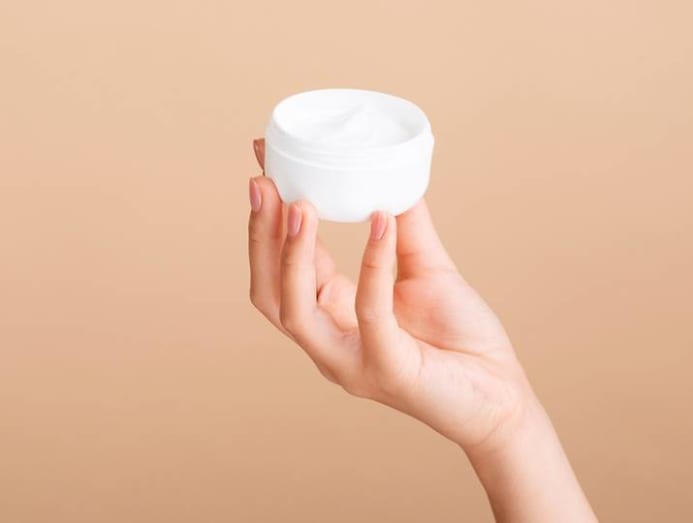
WHAT CAN YOU USE FOR RELIEF?
Yong recommended these over-the-counter solutions to tackle red, swollen, itchy skin for uncomplicated rashes. But when in doubt, it is best to seek a doctor’s opinion before self-medicating.
- Heat rash
The rash results when the sweat glands in your skin become blocked.
Duration: Two to three days. If there is no improvement, consult your doctor.
Try: Apply calamine lotion, and keep the area cool and dry. Stay in air conditioning, wear lightweight cotton clothes, and consider taking cool baths. But avoid over-applying moisturisers.

- Fungal infection
Most fungal infections spread through contact with infected skin in places such as the swimming pool and shower rooms, and even through sharing towels. Individuals with naturally oily or sweaty skin may also present with white spots.
Duration: Four to six weeks of consistent treatment. Symptoms should improve within two weeks; otherwise, consult your doctor.
Try: Use an antifungal cream or powder that contains miconazole or clotrimazole. It must be applied consistently to ensure the infection doesn’t recur.
To treat white spots, apply a selenium sulfide lotion. It helps to also keep the area cool and dry with powder.

- Contact dermatitis
It is caused by the direct contact with substances that you are allergic to. Perfumes, hair dyes, cosmetics, costume jewellery, harsh dishwashing detergents, and hand sanitisers are possible culprits.
Duration: Within one to two weeks. If there is no improvement, consult your doctor.
Try: Besides avoiding the known trigger, you can also take antihistamine tablets or liquids with cetirizine, loratadine or fexofenadine.
Topical steroids such as hydrocortisone or betamethasone can help reduce the swelling, redness and itchiness. But use these creams sparingly as they do come with side effects.
Using a moisturiser would also help. Tip: When applying more than one product, for instance, a steroid cream and a moisturiser, make sure to separate the applications by at least 15 minutes to allow the first cream to be sufficiently absorbed into skin.
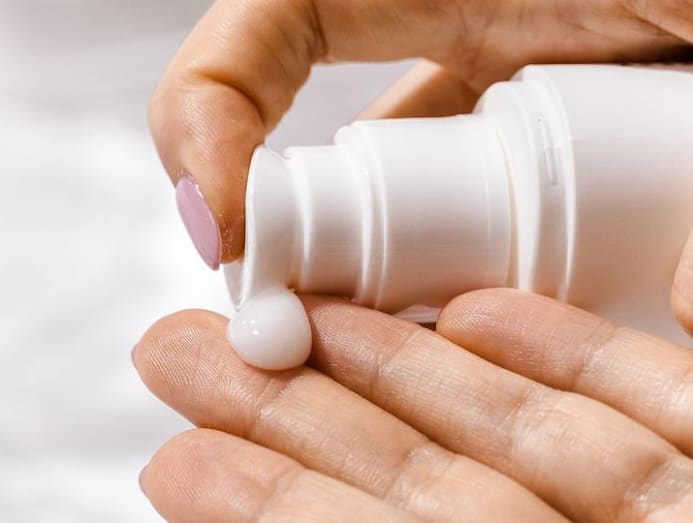
- Mild food or substance allergy
It usually shows up as a mild, itchy, red rash on several parts of the body. Even if you have safely taken the food or used the product before, an allergy can still develop.
Duration: Within one to two weeks. If there is no improvement, consult your doctor.
Try: See: contact dermatitis.





